Dream of a Genius
Monday, 04.09.2006.
12:48

Dream of a Genius
Tesla first heard about Niagara Falls while still in the so-called preparatory elementary school he attended in Gospic from 1866 to 1870. In that school he received the first instruction in mechanics, which he was very interested in. He was especially interested in hydraulics and the use of water turbines. Later he wrote about a description of Niagara Falls he found in a book:“I was fascinated by the description of Niagara Falls, which I carefully read – and in my imagination I pictured a large wheel moved by these cascades. I told my uncle I would go to America and realize my project over there. Thirty years later, I saw my ideas carried out at Niagara, and I admired the unfathomable mystery of mind.”
Niagara Falls, today a national park, are found in North America, on the border between the United States of America and Canada. They are part of the river Niagara, 56 kilometers long. In its short flow, this river has an overall drop of 99 meters, and the real attraction, waterfalls and rapids, have the length of 13 miles along the river.

The great potential these waterfalls possess has forever attracted people to use it. The first effort was made long ago, in 1759, when certain Daniel Joncairs built a small canal above the waterfalls using it to set his sawmill in motion, and thus directly used the mechanical power of water. Still, until 1881 that sort of canals were not used for producing electricity.

Thanks to Tesla’s invention of the multi-phase system of alternate currents, the possibilities of using a significant potential of this natural source of power increased many times.
Tesla himself was very excited because of the possibility of realizing his childhood dream. In a letter to his relative on the mother’s side, Simo Majstorovic, he wrote on January 2nd 1893:
“I am working toward the acceptance of my system of engines in great transmissions of power at Niagara Falls now in construction, and I am full of hope it will happen.”
That same year, 1893, after the World Exposition in Chicago, it was decided how the hydro potential of Niagara Falls was going to be used. That was the decision Tesla was also hoping for. The international commission for Niagara Falls, with the famous physicist, Lord Kelvin, at its head, accepted in 1893 offers from companies that suggested the use of Tesla’s multi-phase system.
The first electric power plant was constructed about 2.5 kilometers up the stream from the waterfall. In August 1895 this electric station sent the first electric power to the neighboring town Niagara Falls. A true exploit of these pioneers took place the following year. After hiring Westinghouse’s company for the implementation of the transport system, based on the alternate current system, a long-distance power line to the city of Buffalo was constructed.
The distance was 35 kilometers from the electric power plant. Transformers of about one megawatt were used, and the voltage on the power lines was 11,000. On November 16th 1896 around midnight the first amount of electric power arrived to Buffalo. This represented the first distant transport of electricity for commercial purposes. A journalist for the local newspaper Niagara Falls Gazette reporter on that day:
“The turning of the switch in the large electric plant at Niagara closed the electric circuit, which caused the river Niagara to start flowing upstream.”

Still, not everything was in place. The painstaking conflicts between Westinghouse’s and Edison’s company made both sides poorer, and George Westinghouse asked Tesla for help. Namely, Nikola Tesla, according to the contract about the patent sale made with Westinghouse, was supposed to receive 2.5 dollars for every 750 watts flowing out of his invention. This would mean bankruptcy for the already impoverished Westinghouse.
Tesla tore up his contract as a token of gratitude to the man who understood his vision. Although he was equally deserving for the success of Niagara, he could not reap the fruits of his work. Later in life, when he had financial problems, that sort of recognition would have been useful to him.

On the occasion of the 150th anniversary of the birth of this eminent scientist, Canadian government accepted the suggestion of the church of St. George in Ontario, to place the monument to this first-class man, one of the titans among scientists on their side as well.




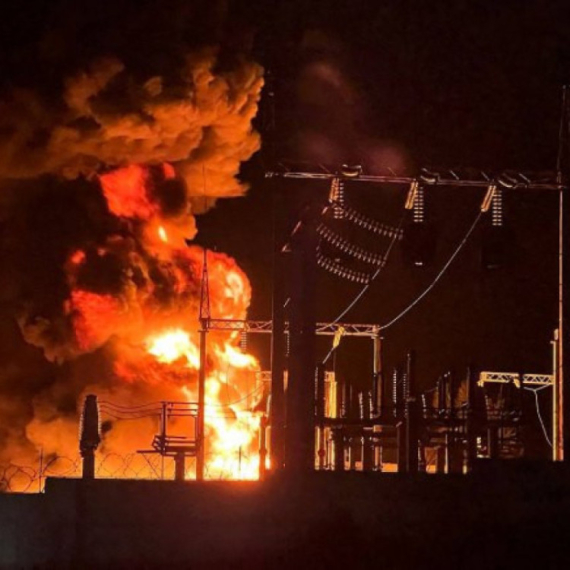











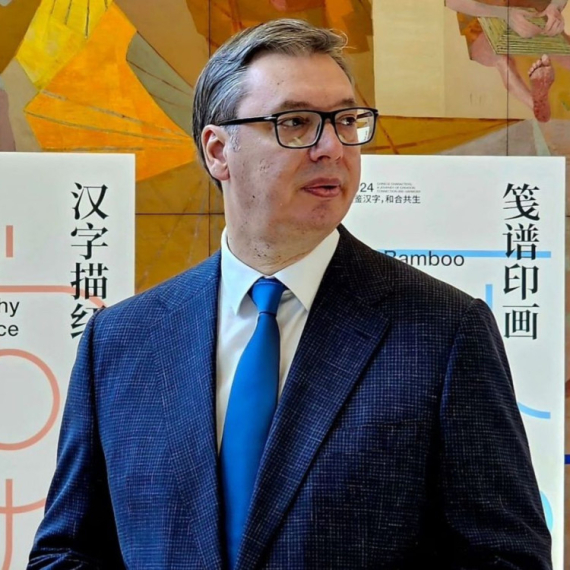




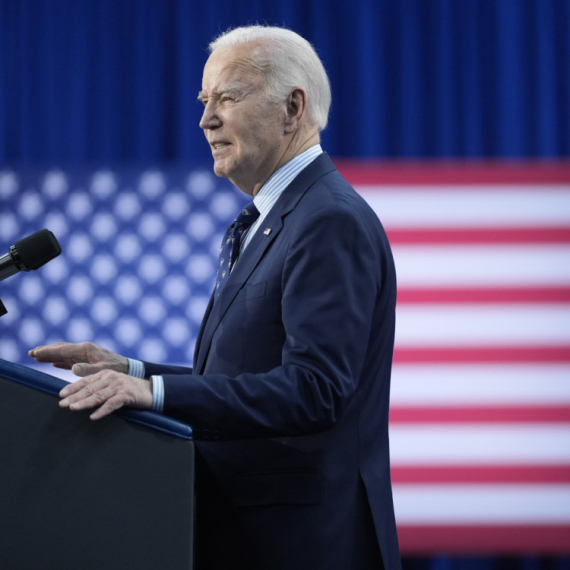

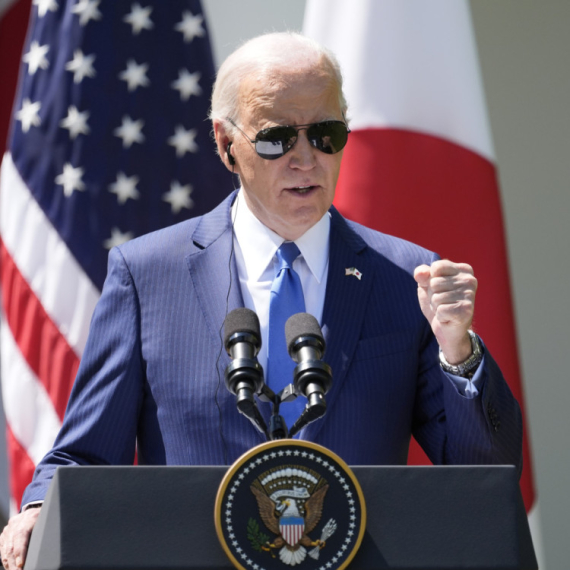





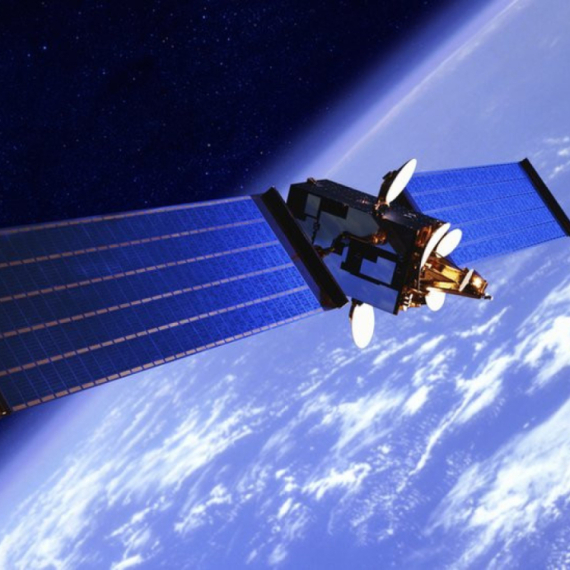

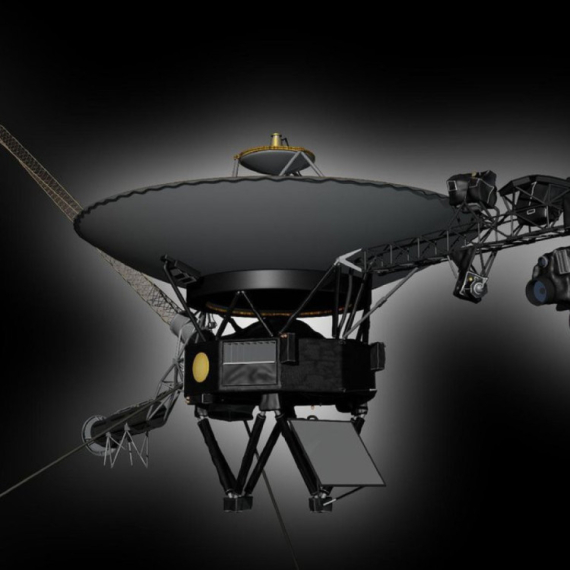
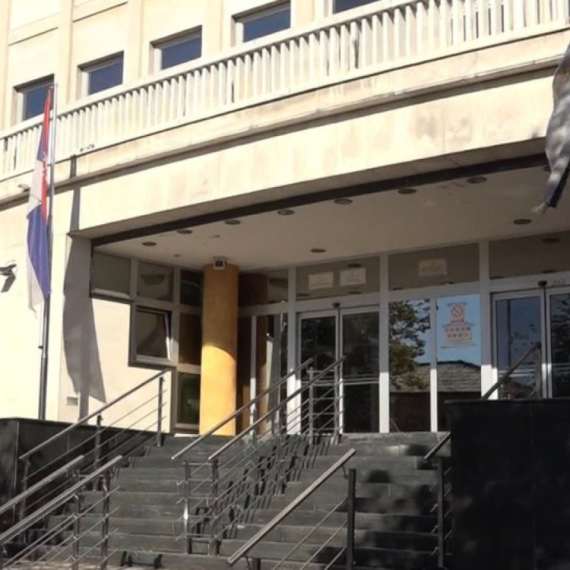


Komentari 0